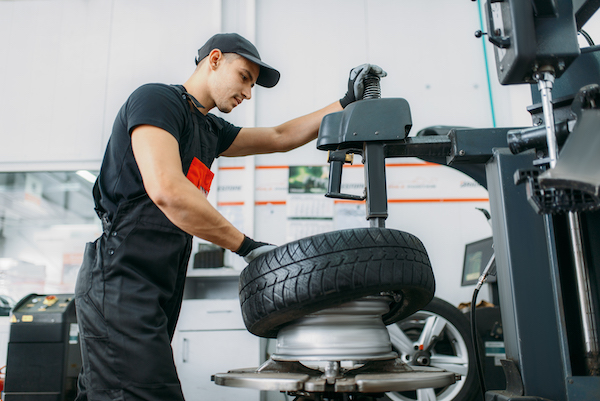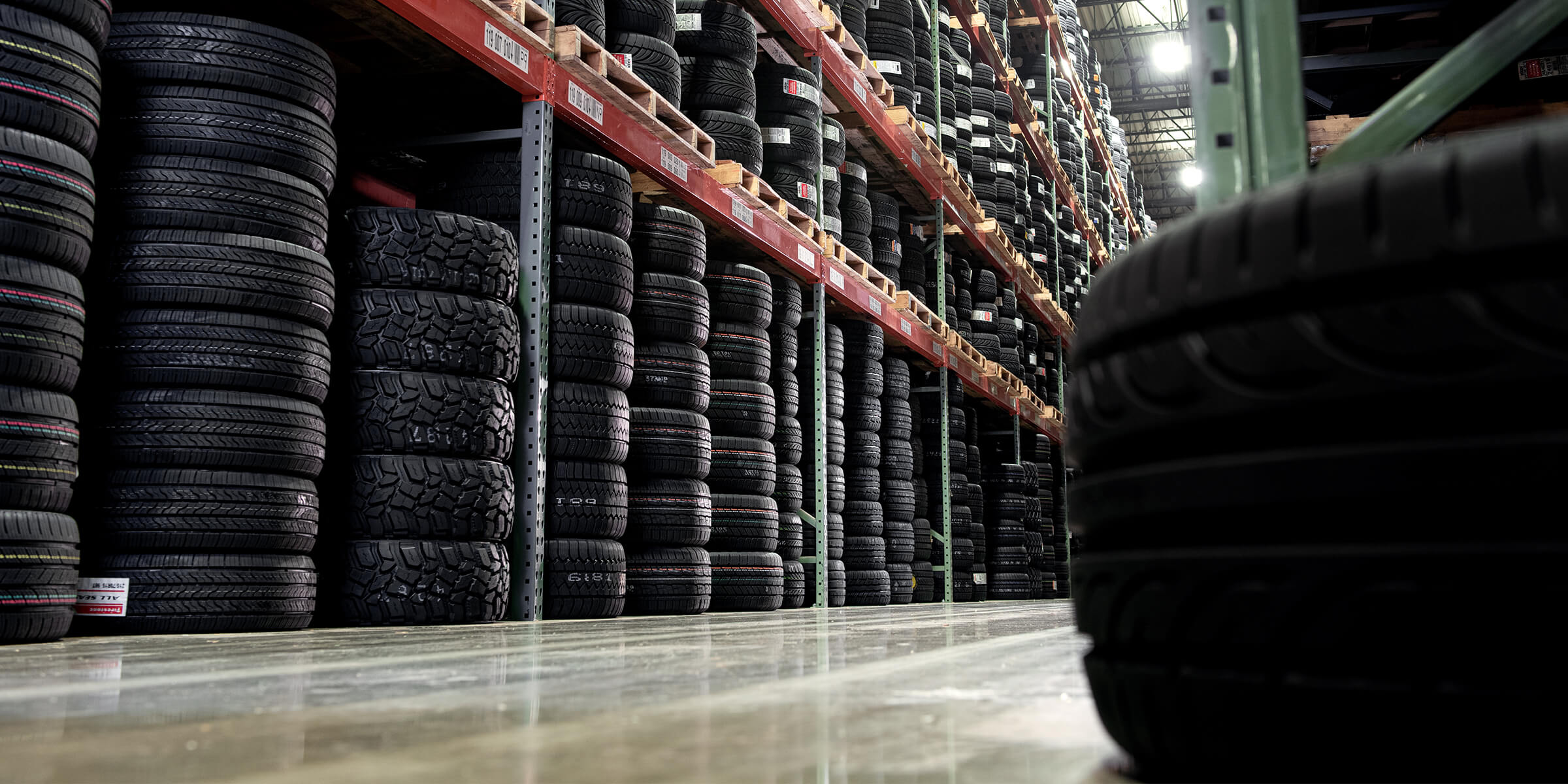Tire Solution: Comprehending Tire Stress Monitoring Equipments
Comprehending Tire Stress Tracking Systems (TPMS) is a critical element of keeping optimum car efficiency and safety and security on the roadway. With innovations in automobile innovation, TPMS has ended up being a standard feature in contemporary cars, offering real-time info on tire stress levels.

Relevance of TPMS
The importance of Tire Stress Monitoring Systems (TPMS) depends on their capability to enhance lorry safety and security and efficiency through real-time tracking of tire pressure degrees. Preserving the correct tire stress is important for ensuring optimum handling, braking, and general safety and security of an automobile. TPMS gives motorists with immediate feedback on any kind of underinflated or overinflated tires, permitting prompt changes to be made.
Parts of TPMS
Making up numerous essential aspects, a Tire Pressure Monitoring System (TPMS) operates as an advanced security function in contemporary automobiles. The major elements of a TPMS include sensing units, a control module, and a caution indication. Sensing units are usually situated in the tire shutoff stem or connected to the wheel setting up, where they measure tire stress and transmit information to the control component. The control component procedures this info and causes a warning if it identifies dramatically reduced pressure in any one of the tires. The caution indication, typically a sign on the control panel, signals the chauffeur to check the damaged tire or tires. Some progressed TPMS models also display the actual tire pressure readings for each and every tire, offering chauffeurs with real-time details to make certain optimal tire performance and safety. By monitoring tire pressure continuously, TPMS aids prevent crashes, lowers tire wear, and enhances fuel effectiveness, making it a critical part for vehicle security and performance.
Types of TPMS

On the various other hand, indirect TPMS counts on the automobile's wheel speed sensors to monitor tire stress. This system discovers underinflation by comparing the rotational rates of the wheels. Indirect TPMS is much less pricey than direct TPMS, as it uses existing sensing units within the automobile.
While direct TPMS uses a lot more accurate analyses, indirect TPMS is simpler in style and typically needs less upkeep. Both systems have their restrictions and benefits, and the selection in between them commonly relies on variables such as cost, vehicle make, and personal preference. Understanding the distinctions in between these 2 sorts of TPMS can help lorry proprietors make informed decisions pertaining to tire maintenance and safety and security.
TPMS Upkeep Tips
Reliable maintenance of TPMS is necessary for making sure optimum efficiency and security of your car. On a regular basis evaluating the TPMS sensing units for any kind of damage or deterioration is important. Make sure that the sensing units are clean and complimentary from debris that can interfere with their performance. Furthermore, it is recommended to examine the sensing unit batteries occasionally and change them as required to guarantee important source precise analyses. Conduct routine checks on the tire pressure degrees and contrast them with the TPMS readings to ensure they are regular. If there are any type of disparities, rectify the system complying with the maker's guidelines. Furthermore, during tire rotation or substitute, see to it that the TPMS elements are handled meticulously to stop any type of possible damages. Lastly, if the TPMS alerting light brightens on the dashboard, attend to the concern quickly by checking the tire pressures and the general system for any kind of mistakes. By sticking to these maintenance suggestions, you can extend the lifespan of your TPMS and improve the safety and security of your driving experience.
Advantages of Appropriate Tire Stress
Preserving correct tire pressure, as stressed in TPMS Maintenance Tips, is crucial for gaining the various advantages linked with optimal tire stress degrees. Additionally, correct tire pressure makes certain even tire wear, prolonging the life-span of the tires and advertising safer driving problems. In conclusion, the benefits of correct tire pressure go past just tire longevity; they incorporate enhanced gas efficiency, enhanced safety and security, better car performance, and total driving convenience.
Final Thought
In conclusion, comprehending tire stress surveillance systems (TPMS) is vital for keeping optimal tire stress and ensuring automobile safety and security. By identifying the importance of TPMS, knowing with its parts, knowing the different types offered, adhering to appropriate upkeep suggestions, and understanding the advantages of keeping correct tire stress, drivers can enhance their driving experience and lengthen the life-span of their tires. Correct tire stress is vital to effective and secure lorry procedure.
